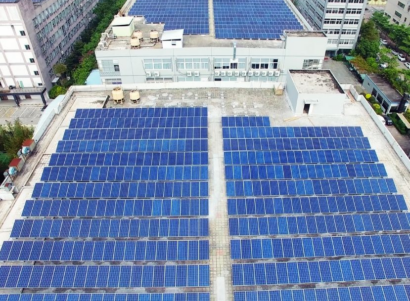IN REPORT SPURRED BY THE 2015 ALISO CANYON WELL BLOWOUT, PSE FINDS RISKS TO PUBLIC HEALTH AND SAFETY FROM BOTH MAJOR LEAKS AND ROUTINE OPERATIONS
Explosions, fires, and toxic air-pollutant emissions top the list of human health risks associated with California’s underground natural-gas storage system, according to a report released January 18, 2018 by the California Council on Science and Technology. Workers and neighboring communities may be exposed to health-damaging pollutants like formaldehyde and benzene that are emitted during both routine operations and uncontrolled blowouts at these facilities, the report also found — chemicals that are associated with health issues such as nausea, dizziness, headaches, respiratory illness, and some cancers.
“Explosions and fires are highly dangerous events for onsite workers and neighboring communities, but the more surprising finding is that toxic pollutants, especially formaldehyde and benzene, are released as part of routine operations, not just off-normal events,” said Seth Shonkoff, executive director of PSE Healthy Energy, an Oakland-based research institute that led the report’s section on human health.
California utilities rely on underground gas-storage facilities to provide a consistent supply of natural gas to meet demand across the state. The gas — which is primarily methane, a potent greenhouse gas, is stored under high pressure in the state’s depleted oil and gas fields. Natural gas is highly flammable and explosive, and thus entails risks.
Some additional human-health risks the report identified include exposure to airborne toxins that extend beyond the geographic boundaries of storage facilities, and facilities located near or within dense population centers, which can impact large numbers of individuals, including vulnerable populations such as children, pregnant women, and the elderly.
Operational procedures lack provisions to repair or retire aging wells, many of which of are more than 60 years old. This and other infrastructure-related findings may make it more difficult to stop emissions from leaking wells and other components of these facilities, researchers say, increasing the associated health and safety risks as methane and other hazardous materials are released.
The study authors make several policy and research recommendations that could help mitigate the health-related hazards these facilities pose including, but not limited to:
- Install site-specific meteorological-data equipment at each facility to track, in real-time, the direction of emissions and which populations may be impacted;
- Deploy technologies that decrease emissions of formaldehyde, particulate matter, and other air pollutants;
- Install electric-powered rather than gas-powered compressors, a change that would decrease formaldehyde emissions during routine operations;
- Implement minimum setback distances between gas-storage facilities and schools, businesses, and residential areas to decrease exposures to air pollutants, fires and explosions
- Fully disclose the chemical composition of stored-gas at every underground gas-storage facility in the state.
“A number of the health hazards these facilities pose could be significantly reduced with a few key enforced regulatory changes, including transparent air quality monitoring systems, disclosure of stored gas composition, and implementation of increased setback distances between the facilities and surrounding communities,” Shonkoff says. For example, he adds, “If weather monitoring equipment had been in place at the Aliso Canyon facility, local, and state officials could have warned communities in the path of the emissions, like Porter Ranch, to relocate immediately, reducing exposures to individuals in those places.”
Available evidence strongly suggests that the Aliso Canyon blowout caused widespread health symptoms in the nearby population, researchers say. However, they note that more analysis and additional data are necessary to understand specific causes of human-health harms from the 2015 Aliso Canyon incident and for both routine operations and larger loss-of-containment events associated with underground gas storage across California.
The lack of chemical disclosure laws covering the stored gas, chemicals used at these facilities, and other components of gas-storage operations impeded the health investigation, the report says. In a noteworthy appendix (Appendices 1.E and 1.F, pages 461-467), the health-section authors describe difficulties in accessing data they requested on these and related topics.
To address that challenge, one of the health assessment’s chief recommendations is to fully disclose the composition of stored gas at each California gas storage facility — information researchers say would enable them to better estimate community and occupational exposures to air pollutants emitted by these facilities and associated health risks.
PSE researchers collaborated with colleagues at UC Berkeley, Lawrence Berkeley National Lab, and the National Institute of Standards and Technology on the health assessment included in the report.













